



Point Nemo, the remotest spot in the Pacific Ocean, lies about 2,688 km from the nearest land. Known as the "ocean pole of inaccessibility," it is named after Jules Verne's Captain Nemo. Surrounded by biologically inactive waters, it is also a site for space junk disposal due to its isolation.

Disclaimer: Copyright infringement not intended.
Recently, 2 Indian Navy women officers crossed the Pacific's Point Nemo, Earth's remotest location, in a sailboat.
Attribute |
Details |
|
Location |
Southern Pacific Ocean, approximately 2,688 km from the nearest mainland.
|
|
Name Origin |
Named after Captain Nemo, the sailor from Jules Verne's novel Twenty Thousand Leagues Under the Sea. |
|
Closest Countries |
North: Ducie Island (Pitcairn Islands, British Overseas Territory) |
|
Northeast: Motu Nui (Easter Islands, Chile) |
|
|
South: Maher Island (part of Antarctica) |
|
|
Proximity to Human Presence |
The closest human presence is aboard the International Space Station orbiting above. |
|
Surrounding Waters |
Waters are isolated with very little sea life, part of a gyre known for bright, biologically inactive water. |
|
Space Junk Disposal |
Due to its remoteness and lack of naval traffic, Point Nemo is a popular site for space agencies to destroy space junk. |
The term "ocean pole of inaccessibility" concerns the point in the ocean furthest from any country. Although there are several poles of inaccessibility in different parts of the world (such as the ground poles of inaccessibility), it is unique because of its position in the ocean, an environment that, in its essence, is a difficult approach.
The reason why he calls this "inaccessibility pole" is that Nemo is the farthest point in the ocean from any Earth's human civilization.
It is located in the distant part of the Gyre in the South Pacific, an area characterized by a minimum presence of human people and limited natural disorders. This area is often referred to as the "ocean desert".
Geographical Feature |
Details |
|
Location |
Located in the Southern Hemisphere, between the continents of South America, Australia, and Antarctica. |
|
Size |
Covers an area of approximately 165 million square kilometers, making it the second-largest ocean in the world. |
|
Boundaries |
North: Bounded by the Equator, connecting with the Pacific Ocean. |
|
West: Bounded by Australia and New Zealand. |
|
|
East: Bounded by the Americas. |
|
|
South: Extends to the Antarctic Ocean. |
|
|
Major Seas |
Coral Sea |
|
Tasman Sea |
|
|
Solomon Sea |
|
|
Bismarck Sea |
|
|
Ocean Currents |
East Australian Current |
|
Peru Current |
|
|
Antarctic Circumpolar Current |
|
|
Notable Islands |
Easter Island (Rapa Nui) |
|
Pitcairn Islands |
|
|
Tahiti (French Polynesia) |
|
|
New Zealand |
|
|
Deepest Point |
The deepest point is the Tonga Trench, with depths reaching over 10,800 meters. |
|
Marine Biodiversity |
Generally less biologically active, with colder waters and fewer nutrients due to isolation and gyre currents. |
|
Temperature |
Cold temperatures in the southern regions near Antarctica, with warmer waters toward the equator. |
|
Gyres and Currents |
Dominated by the South Pacific Gyre, a large, circular ocean current that circulates water around the southern part of the ocean. |
Source:
|
PRACTICE QUESTION Q.Consider the following statements about Point Nemo:
Which of the above-given statements is/are correct? (a) 1 and 2 only (b) 1 and 3 only (c) 2 and 3 only (d) 1,2 and 3 Answer: a Explanation: Statement 1 is correct: Point Nemo, the remotest spot in the Pacific Ocean, lies about 2,688 km from the nearest land. Known as the "ocean pole of inaccessibility," it is named after Jules Verne's Captain Nemo. Statement 2 is correct: Due to Point Nemo's extreme remoteness, the closest human presence is often considered to be aboard the International Space Station (ISS), which orbits the Earth above. Statement 3 is incorrect: The waters around Point Nemo are known for being biologically inactive and are part of a gyre in the South Pacific, which has nutrient-poor water, contributing to the lack of marine biodiversity. |
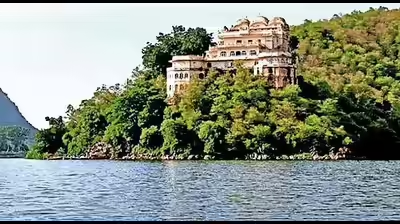
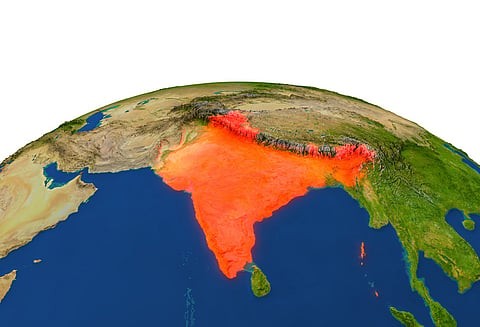
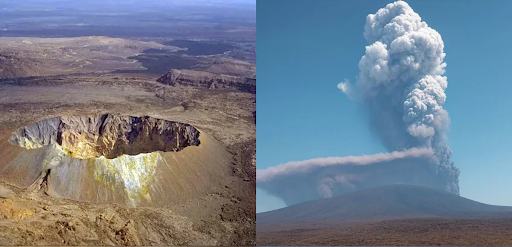
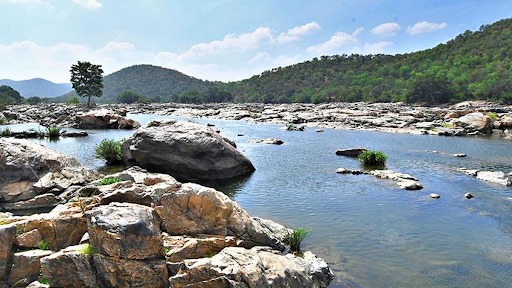

© 2025 iasgyan. All right reserved